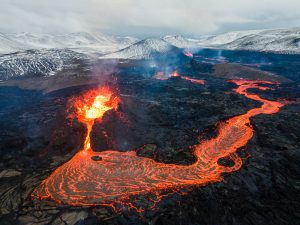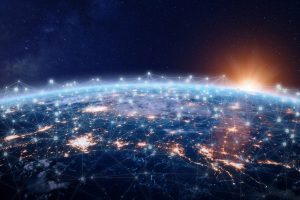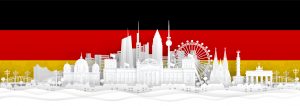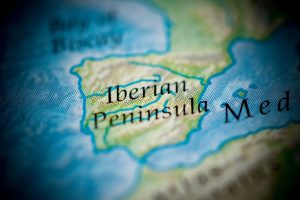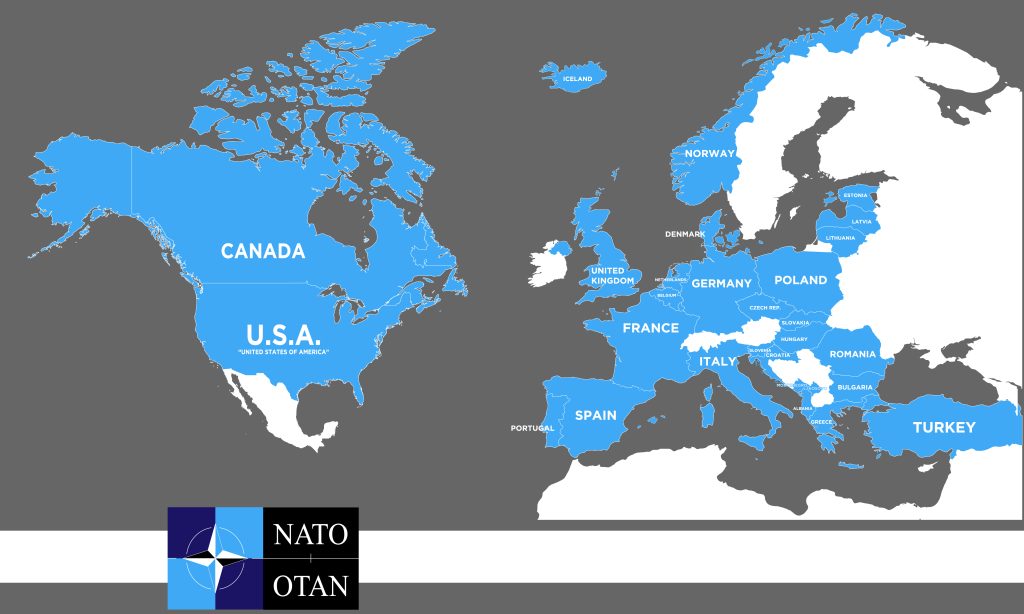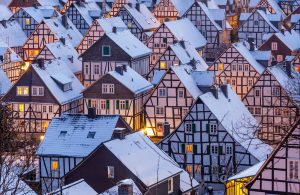ISO country codes for countries are internationally accepted codes for all countries and areas – it’s similar to an acronym that is a reference to a country or state.
It is currently in use, for instance, for two-letter suffixes like .us (United States), .fr (France), or .de (Germany) in top-level domains (for countries) on the Internet.
The country that uses the 2-letter country code ‘IS’ is Iceland.
Table of Contents
About Country Codes
There are three kinds of Country Codes: 2-letter, 3-letter, and numeric code (or United Nations). 2-letter Country Codes are formally named “ISO 3166-1 alpha-2,” whereas 3-letter Country Codes are formally named “ISO 3166-1 alpha-3.”
The numeric Country Codes are formally named ISO 3166-1 numeric. However, it is important to note that none of these codes has anything to do with international calling codes.
The three-letter code is frequently used for events with international participants from a variety of nations, like sports gatherings or contests for songs where you can see abbreviations like AFG (for Afghanistan), COM (for Comoros), NAM (for Namibia).
ISO 3166-1 alpha-2

ISO 3166-1 alpha-2 codes are two-letter country codes specified by ISO 3166-1 to identify countries, their dependencies, and other particular regions of geographic importance. They are among the most widely utilized of the codes for countries that are published by ISO and are utilized in the most significant way in the Internet’s country codes top-level domains.
They also function as country identifiers that extend the postal code if needed in the global postal system used for paper mail. It has replaced the old one that was of one-letter codes.
ISO 3166-1 alpha-3
ISO 3166-1 alpha-3 codes are country codes with three letters identified by ISO 3166-1 to represent countries as well as dependent territories and particular geographic areas of interest.
ISO 3166-1 numeric
ISO 3166-1 numeric codes are three-number country codes, which are defined within ISO 3166-1 to represent countries that are dependent territories as well as specific geographical areas of significance.
Where do these codes come from?
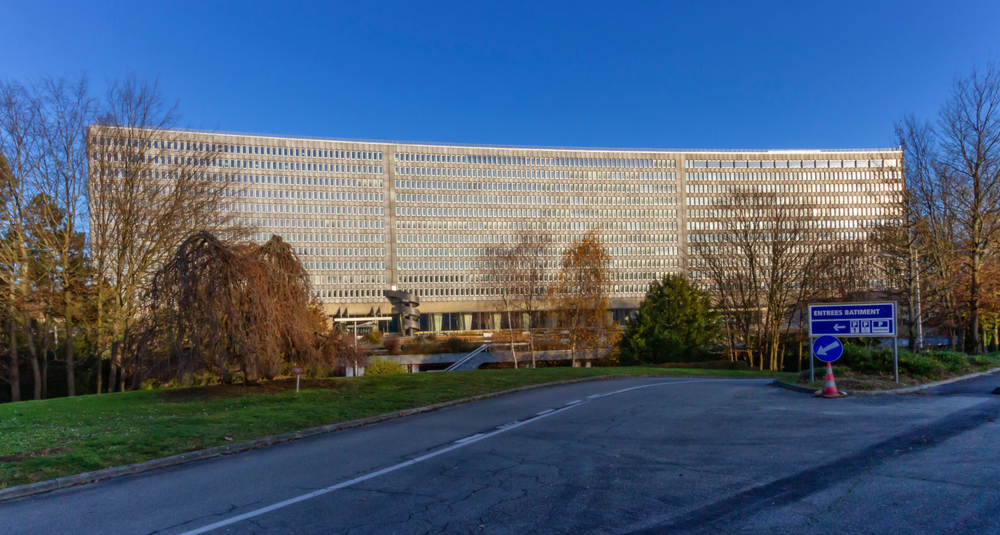
ISO Country Codes come from the International Organization for Standardization, which is based in Geneva, Switzerland. ISO is an unofficial, independent, international association that is a member of 167 national standards organizations.
ISO brings its experts together to apply their knowledge in the development of free, consensual international standards that are market-relevant and supportive of innovations, thereby offering concrete solutions to worldwide problems.
The story of ISO
ISO’s history began when representatives from 25 nations met at the Institute of Civil Engineers in London in 1946. Sixty-five participants from 25 nations were gathered to discuss how to proceed with International Standardization.
After 1947, ISO became a reality, with the formation of 67 specialist committees (groups composed of experts who specialize in one particular subject).
As of 1949, ISO was moved to offices in a tiny private residence in Geneva. In the early 1950s, the Central Secretariat had just 5 employees.
Since its beginning, ISO has published monthly reports regarding its technical committees, the standards that have been published, and administrative changes made to the organization and its members.
Why is it called ‘ISO’?
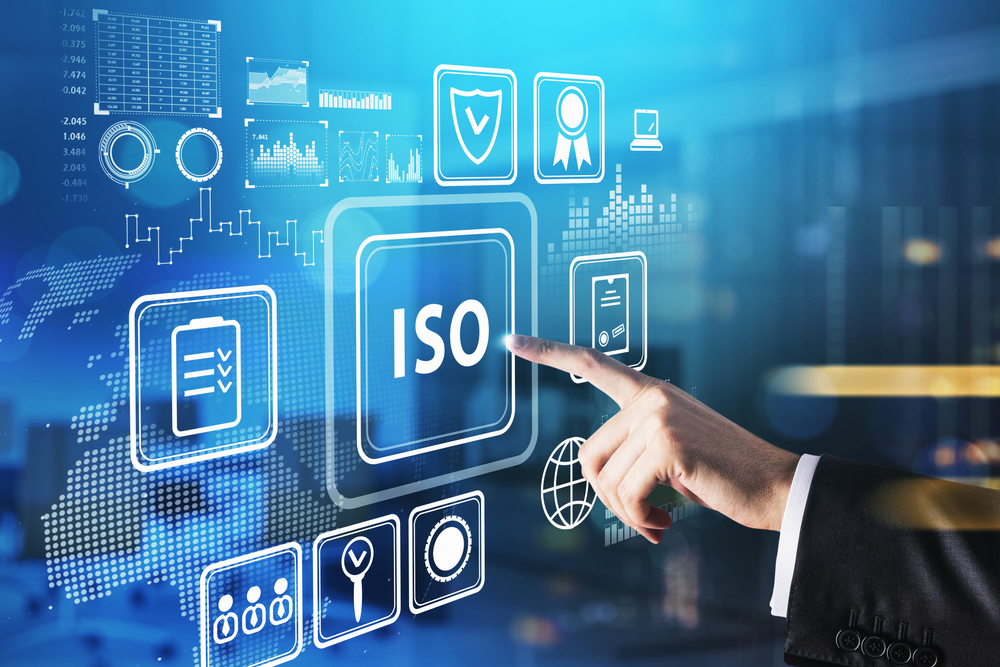
The International Organization for Standardization does not have the same acronym in different languages. For example, in French, it would be OIN for Organisation Internationale de Normalisation, but in English, it would be IOS.
Given this, the founders chose the abbreviation ISO, which comes from Greek isos and means “equal.”
The International System of Units (SI) and ISO
In 1960, ISO published the ISO standard ISO 31 on the quantity and units (which was later changed to ISO 80,000).
ISO 31 is founded on SI (Systeme International D’unites). The SI defines an individual unit for each measurement, like the meter, which is used for distance, and the second, which is used for time.
The goal of this SI scheme is to create universal uniformity in the measuring units.
ISO and developing countries
In the 1960s, ISO strived to bring more developing countries into the International Standardization Organization’s work. In 1961, it created DEVCO, which is a committee that deals with developing country issues and introduced in 1968 Correspondent Membership that allowed countries in the developing world to be informed about International Standardization work without the cost associated with ISO membership.
ISO fights against “technical nationalism”
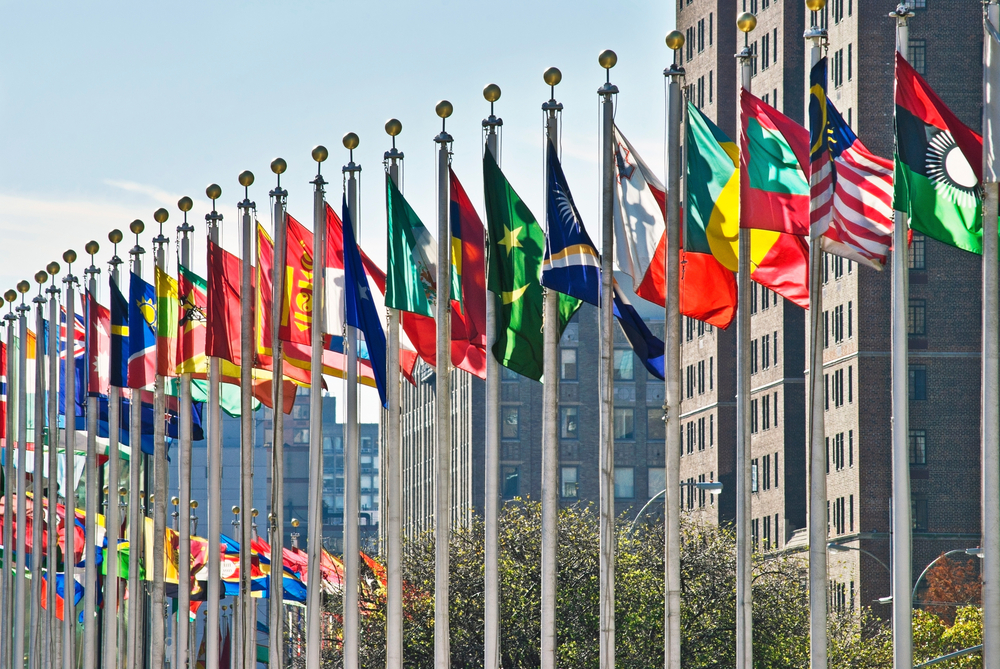
Political nationalism will most likely prevail for as long as we live. Economic nationalism is about to disappear. And technical nationalism has disappeared.
Olle Sturen, ISO Secretary General
Retrieved from https://sync-resource.com/iso-evolution
In 1969, Olle Sturen was elected Secretary General at ISO. In his first address, he declared that International Standardization was the only way to end “technical nationalism.”
Attaining an international focus
In the 1970s, the ISO’s Secretary General Olle Sturen focused on transforming ISO into an international organization. Although ISO’s members are from across the globe, in the early 1970s there were only a handful of members actively engaged in the creation of International Standards.
The visits of Sturen to ISO members brought active participation from nations like Australia, Japan, and China. In addition, the Central Secretariat also reflected that international outlook by having an average of 25 nations included.
Examples of how ISO standards help the global community
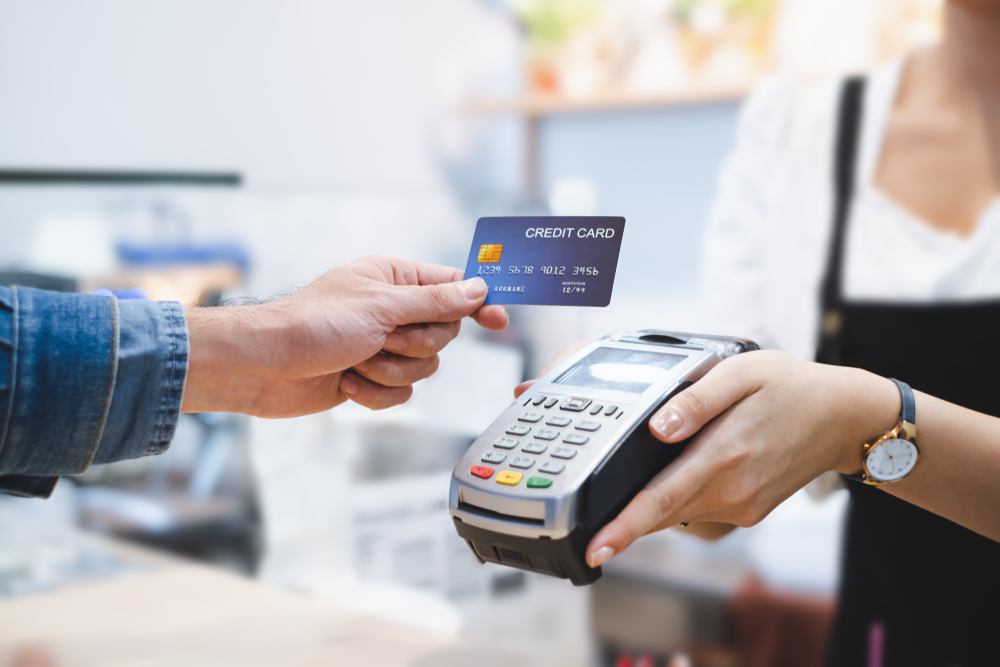
Codes for different countries. The world does most things the same way by making use of standard codes for currencies and countries.
Credit cards. Credit cards can be used everywhere because they conform to standards that outline the dimensions, the technology, and protocols for communication that are used with payment dispensers and systems.
Food security. The food we purchase is safe for us to consume due to internationally accepted hygiene and safety standards.
Sizes of paper. Standards for sizes of paper (A4 family) help photocopier, printer, and office supply manufacturers since they are confident that their products will be compatible with all different paper sizes.
Sectoral examples of benefitting from international standards
Industry:
- Increase your competitiveness by offering goods and services globally accepted
- Benefit from the experience and expertise of the top experts from around the globe
- Access new markets with ease
- Increase profits by offering products that are of higher quality, compatibility, and safety
- Reduce expenses by not having to reinvent the wheel and making use of the resources available better
Regulators:

- Facilitate it for nations to outsource or specialize
- Improve trust and credibility throughout the supply chain
- Bring in uniform regulations across countries to facilitate the global economy
Society:
- Best practices and coordinated actions at the level of the organization to address global challenges such as climate change and sustainability
- A broader selection of trusted and secure products and services with competitive costs
The Republic of Iceland
Iceland was settled in the 9th century by Norwegian as well as Celtic (Scottish and Irish) immigrants in the latter part of the 9th and 10th centuries A.D. Iceland boasts the world’s longest-running legislative assembly, known as the Althingi, founded in 930. Independent for more than 30 years, Iceland later became ruled by Norway and Denmark.
The economy expanded dramatically after Iceland was admitted to the European Economic Area in 1994. However, Iceland was particularly hard-hit due to the financial meltdown during the period following 2008.
The economy is currently growing, driven by an expansion in tourism and construction. Literacy, longevity, as well as social cohesion, in Iceland, are among the best in the world according to international standards.
How did Iceland get its name?
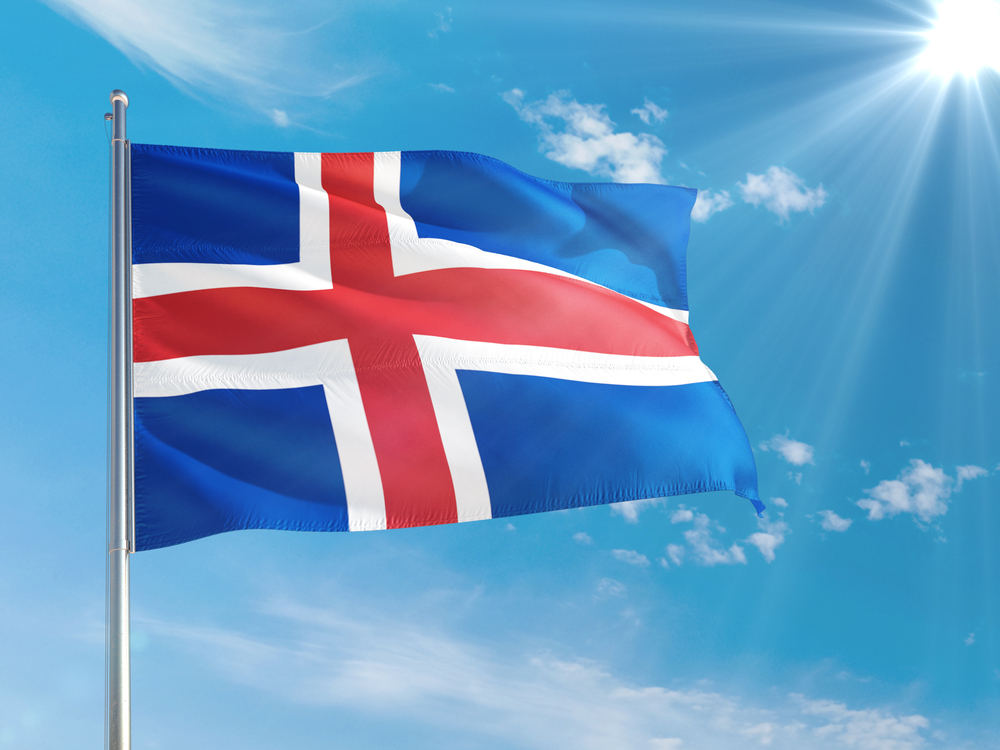
The office name: Republic of Iceland
The standard short title: Iceland
Local Long Name: Lydveldid Island
Local Short Name: Island
Floki Vilgerdarson, an early explorer of this island (9th century), was the first to use the term Land of Ice after seeing a fjord brimming with drift ice in the north. He also endured an extremely bitter winter on the islands.
He eventually moved to the island but only after seeing the way it grew green during the summer months and realized that it was actually habitable.
Interesting facts about Iceland
This country is home to over 20 active volcanoes. Grimsvotn, as well as Hekla, are the largest active volcanoes. The most recent major eruption of one of Iceland’s glaciers occurred on Eyjafjallajokull in 2011, when Grimsvotn began to erupt.
There are many hot springs, waterfalls, geothermal vents, and mud pools in which the heat of the earth is released from the earth’s surface. The power from Iceland’s volcanoes and vents is utilized by geothermal power stations and is used to heat about 85% of households.
The people who live in Iceland are referred to as Icelanders. The majority of Icelanders reside near Iceland’s capital, Reykjavik, which is also the northernmost capital anywhere on the globe.
Most of Iceland is uninhabited.
Icelanders are not required to pay for school fees because the public schools are free of cost.
The Icelandic language is based on an alphabet that has 32 letters. They utilize the Latin alphabet, which is similar to the English alphabet, and use alphabets for ‘th’: Th, th and D, d.
A local delicacy in Iceland that can take a while to become accustomed to is Hakarl, which is rotten shark’s flesh and has a very strong smell.
Choosing names for children is also unique here. For instance, if the father’s name is Hakon, the daughter will be given the first name of Bjork and then her father’s name, with an added -sdottir. Then she is called Hakonsdottir (Hakon’s daughter), so we could call her Bjork Hakonsdottir.
For sons, just add a -sson, so they’d call Gunnar, their son, Gunnar Hakonsson.
Iceland’s Country Codes
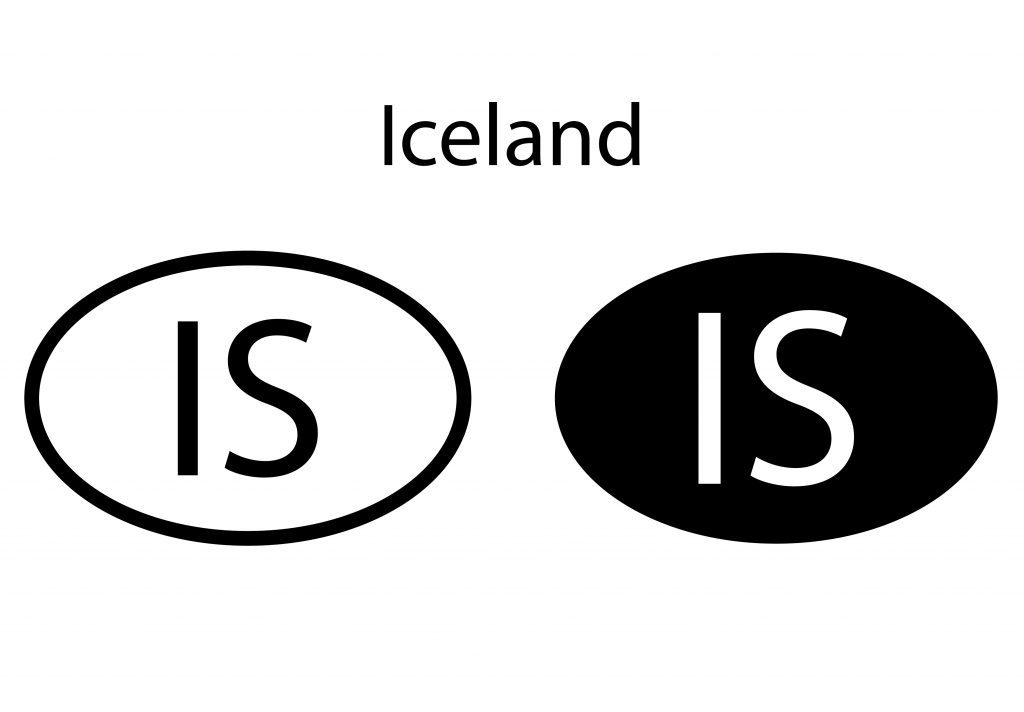
Iceland’s ISO Alpha-2, as already mentioned, is “IS.” Her ISO Alpha-3 is “ISL” (how cool would it have been if it was ‘ICE’ instead?), and her UN numeric code is ‘352’.
Another code associated with Iceland is her telephone code, which, annoyingly, is “354” instead of the UN Country Code, “352.”
Calling Iceland using International Direct Dialing
The calling code for Iceland is +354. It is used to call Iceland from outside the country. To make a call to Iceland, take the following steps.
The exit code for the country in which you reside (IDD) is followed by entering the phone code of Iceland followed by the number to call. It can be illustrated by the following: IDD + 354 + area code + phone number.
IDD (International Direct Dialing) is the exit code that is used by various countries for making an outgoing phone call. It is, for most countries, the number 00.
For the United States and Canada, IDD is 011.
Area code: for local phone numbers for specific areas, such as towns or areas.
Example of dialing the number to make a call to Iceland:
00354 XXX … (from everywhere except the US and Canada)
011354 XXX … (only from the US and Canada)



